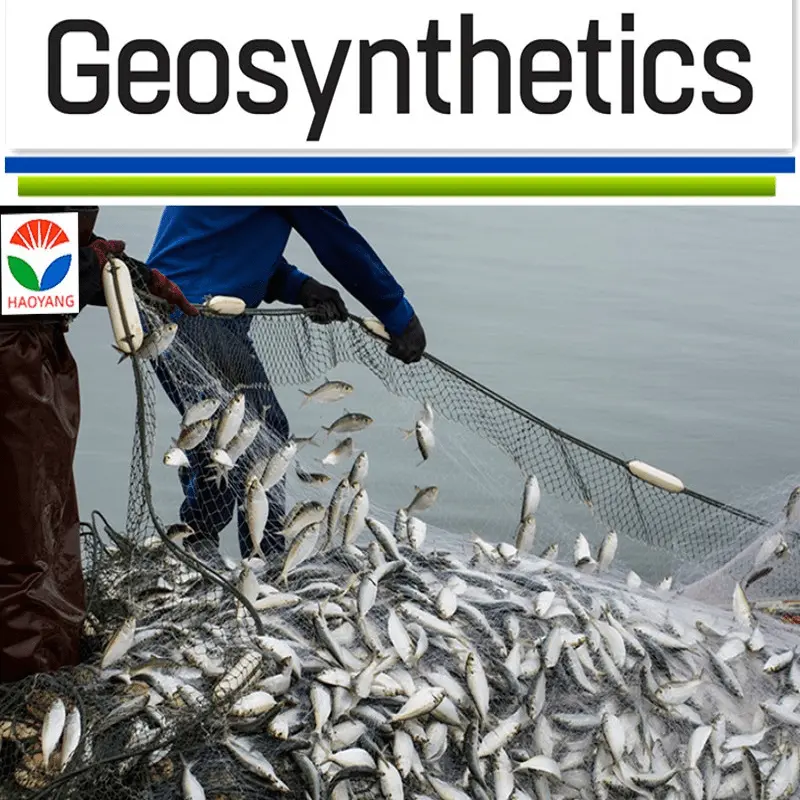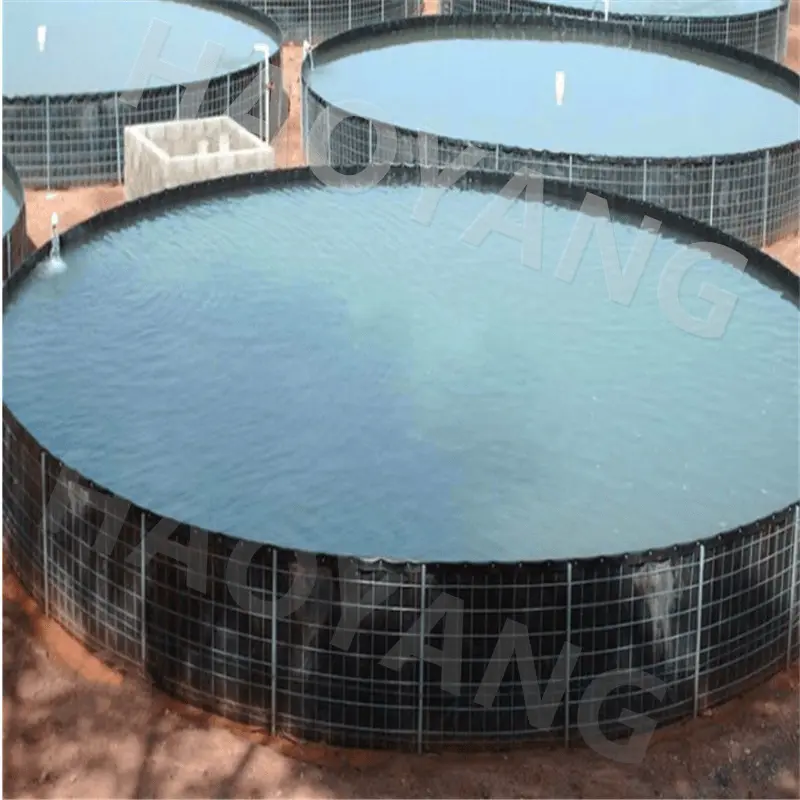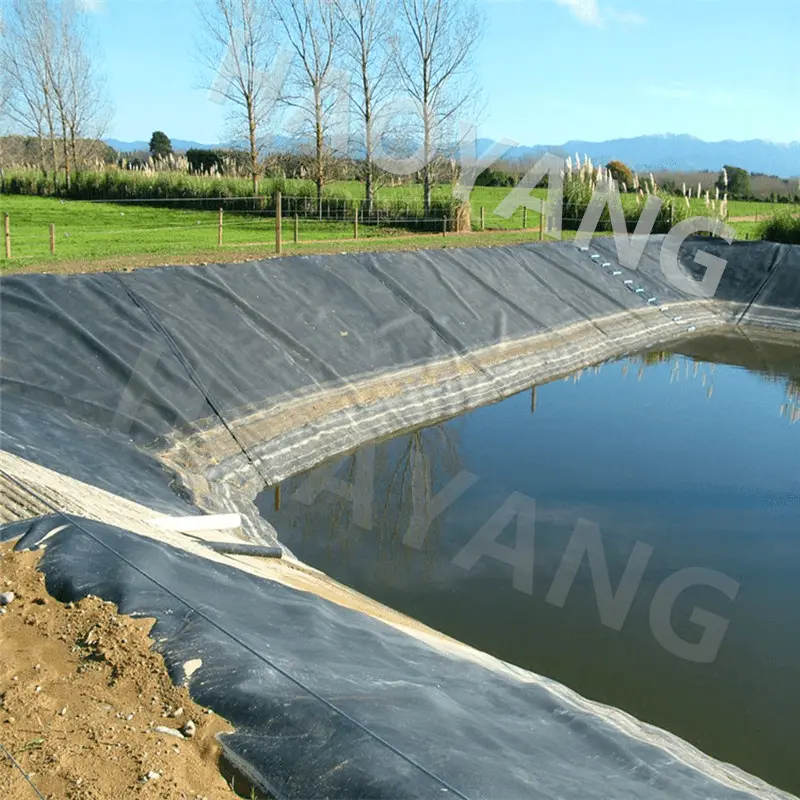
I. Basic Characteristics and Types of Geomembrane
Geomembrane is a type of geosynthetic material composed of a plastic film base material reinforced with non-woven fabric. Its impermeability is primarily attributed to the tightness of the plastic film and the reinforcement provided by the non-woven fabric. Common geomembrane materials include polyethylene (PE) and polyvinyl chloride (PVC), both of which exhibit excellent corrosion resistance, aging resistance, tensile strength, and compression resistance. Depending on the production process and intended use, geomembrane can be classified into various types, such as smooth-surfaced and rough-surfaced geomembranes, to cater to different scenarios.

II. Application Scenarios of Geomembrane in Shrimp and Fish Ponds
Impermeabilization of Fish Pond Bottoms
The bottom of fish ponds is the most prone to leakage issues. By using geomembrane for impermeabilization, it can effectively prevent the penetration of water and harmful substances, ensuring the stability of water quality in fish ponds. During construction, the pond bottom is first leveled, followed by the laying of the impermeable geomembrane and its adhesion with special glue. Finally, a protective layer of soil or gravel is placed above the geomembrane to protect it from damage. This measure not only reduces water loss but also enhances water quality cleanliness, providing an ideal environment for the growth of fish and shrimp.
Impermeabilization of Fish Pond Slopes
Fish pond slopes are also susceptible to leakage. The application of geomembrane can strengthen slope stability and prevent the loss of water and harmful substances. In slope impermeabilization projects, the slope is first trimmed, and then the impermeable geomembrane is laid and secured with special clamps or stones. Similarly, a protective layer of soil or gravel is placed above the geomembrane to ensure its long-term stability. This measure reduces slope erosion and enhances the overall safety of the fish pond.
Isolation and Partitioning of Fish Ponds
Impermeable geomembrane can also be used to isolate and partition fish ponds, enabling the separate management of different water qualities and aquaculture species. By laying geomembrane, fish ponds can be divided into multiple independent zones, each of which can be managed independently for water quality adjustment, feed distribution, and aquaculture management. This not only improves aquaculture efficiency but also reduces the risk of disease transmission, ensuring the healthy development of the aquaculture industry.

III. Advantages of Geomembrane Application in Shrimp and Fish Ponds
Improved Water Resource Utilization
The application of geomembrane significantly reduces leakage in fish ponds, improving water resource utilization. This is of great significance in today's context of increasing water scarcity.
Maintenance of Clean Water Quality
Geomembrane can reduce the oxidation-reduction potential and pollutant concentration in water, maintaining clean water quality. This is crucial for the growth of fish and shrimp, enhancing their survival rates and aquaculture benefits.
Environmental Protection and Non-Pollution
Impermeable geomembrane is made from environmentally friendly materials that are non-toxic and harmless, posing no negative impact on the fish pond ecosystem. Furthermore, by reducing leakage and disease transmission risks, it mitigates the environmental impact of aquaculture processes.
Reduced Maintenance Costs
Geomembrane exhibits good durability and fatigue resistance, maintaining its original properties under solar radiation, high temperatures, and other environmental conditions. This means that fish ponds with impermeable geomembranes can be used continuously for many years without frequent replacements or repairs, reducing maintenance costs.

IV. Conclusion
In conclusion, the practical application of geomembrane in shrimp and fish ponds offers significant advantages and broad application prospects. By selecting appropriate materials, ensuring construction quality, conducting regular inspections and maintenance, and implementing rational planning and design measures, the impermeability of geomembrane can be fully leveraged to provide robust support for the sustainable development of fish ponds. As the aquaculture industry continues to evolve and technological advancements occur, geomembrane is poised to play an increasingly important role in future aquaculture practices.
![]() 1.5 Double-sided smooth HDPE geomembrane.pdf
1.5 Double-sided smooth HDPE geomembrane.pdf

942.webp)
237.webp)
106.webp)